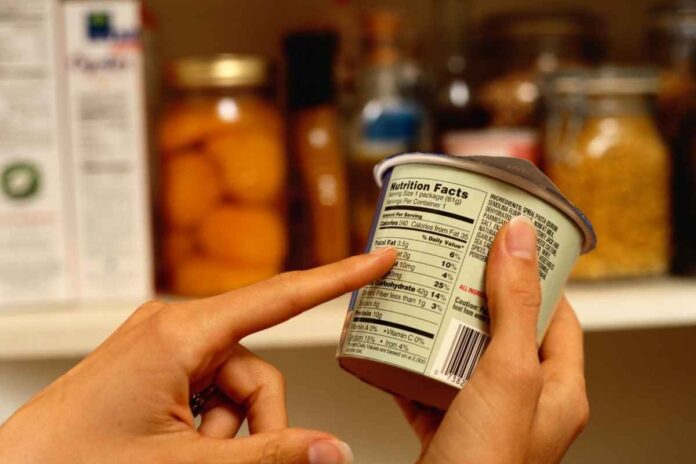Due to the COVID-19 pandemic and subsequent lockdown, we have seen changes in the habits and behavior of Indian consumers, which has resulted in new demands and needs of the Indian Consumers. The change is supposed to dictate the new norm and outlook for the post COVID-19 phase for the Indian packaged food industry.
With the fear of coronavirus, the need for good and healthy food products has increased, and consumers are more comfortable buying packaged food and beverage products. They may not be processed, but it is important to note that they are generally well labeled and packed hygienically. Private labels in modern trade will rule the business as regional food manufacturers will continue to dominate its general trade. The penetration across the lower SECs will gain momentum as consumers begin to be less price conscious as the lockdown has given them the experience of being healthy, which is priceless.
Another exciting aspect is the growing need for new age grains such as millets and quinoa, which will gain momentum. Millets are gluten-free, highly nutritious cereal that needs very little water for their production, the short growing period under dry, high-temperature conditions works in its favor. Millets are rich in calcium, iron, potassium, magnesium, and zinc, which help control Type 2 diabetes and reduce heart disease risk. It is also an excellent source of protein and fibre. Quinoa is another new age Grain with an incredible nutrition base and is considered better sources of fibre, protein, vitamin B, iron, and high protein levels than other grains available.
The momentum for these new-age grains will solely depend on the food marketer’s ability to effectively market the products through innovative methods and make them into regular, daily usage products for consumers.
Micro-nutrient deficiencies continue to pose significant public health problems for people. Food fortification is one of the simplest and most sustainable public health strategies to address micro-nutrient deficiencies. Fortified foods have a better impact as they help maintain a steady body, store vitamins, and minerals when consumed regularly. Making fortified foods available to the Indian consumers around the country is a primary objective of FSSAI.
The new standards now provide a minimum and maximum range for the fortification of staples like wheat flour, maida, rice, salt, vegetable oil, and milk. Simultaneously, the micronutrient usage has been adjusted to provide 30 to 50 percent of the daily requirements. However, fortified foods are not considered natural, and many major food manufacturers are not in favor of the artificial fortification to address vitamin and mineral deficiency.
As per RS Sodhi, Managing Director, GCMMF –
The current fortification … is like a medication, which chemically fortifies the milk. Amul is not for synthetic and artificial fortification especially.
Hence, the future belongs to biofortified foods. Biofortification is a cost-effective and sustainable solution that uses conventional plant breeding and agronomic practices to increase the density of micronutrients such as Vitamin A, zinc and iron in staple foods such as wheat, rice, pearl millet, maize beans and other food crops. Packaged food products that are manufactured from these biofortified staple foods will be preferred by consumers, which enhances their immunity.
The rise of value-added culinary ingredients and ready to cook food items for home cooking will be in huge demand. People will be drawn towards using more of the products that will remove the drudgery of peeling, cutting, grating, grinding, and sautéing of vegetables and culinary ingredients. The demand for cut vegetables and peeled garlic and ginger available at major retail supermarkets will be in great demand.
The basic culinary pastes such as ginger garlic paste, tamarind paste, coconut milk and milk powders, tomato puree, and pastes will grow exponentially due to high demand. Ready to cook food items offer great convenience to consumers without compromising on quality and taste.
At MTR, we aim to take the time-factor out of the cooking occasion, making Indian food convenient and easier to prepare as well as delicious to consume. For instance, in our 3-Minute Breakfast Range anyone can access quintessential breakfast dishes of India such as poha by just adding hot water without losing out on taste. Such on-the-go product formats are what that attract millennials who are currently the driving force behind redefining India’s consumption story, – says Sunay Bhasin, Chief Marketing Officer at MTR Foods Private Limited
The new home cooking will also demand the intermediate gravy mixes such as red tomato gravy mix for lentils, vegetables, chickpeas, and other curries, and the non-veg gravy mixes for preparing the non-veg dishes. The less culinary skilled persons and people living alone already prefer ready to cook spice mixes for both vegetarian and non-vegetarian dishes. These products will be the new cooking aid for many in the future as this saves much time in preparation.
The pandemic has undoubtedly changed the way consumers think, behave, and demand quality food products in the current situation. The packaged food industry has seen massive growth, and to be successful in the business, the brands will have to continue to ensure high-quality products and service availability.




